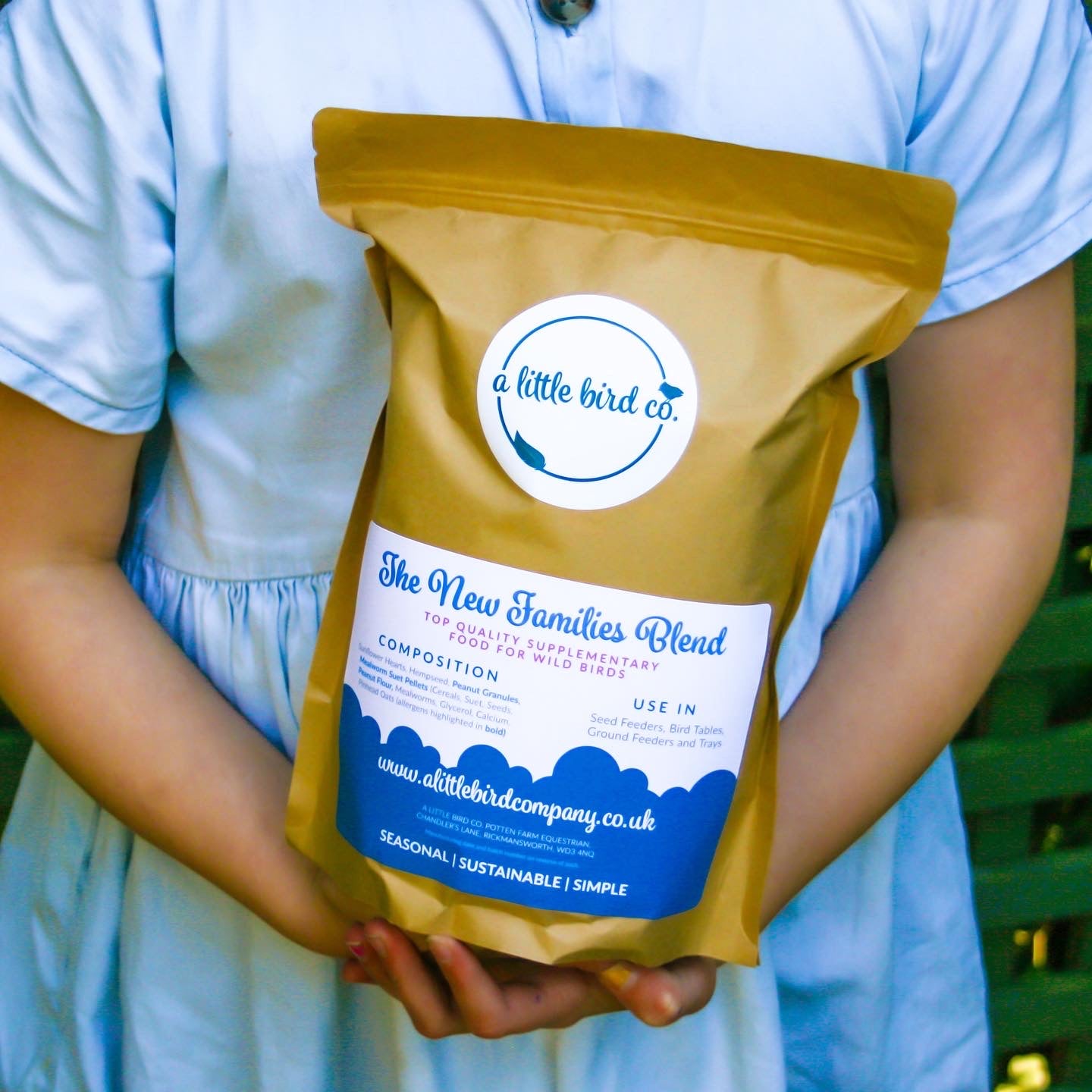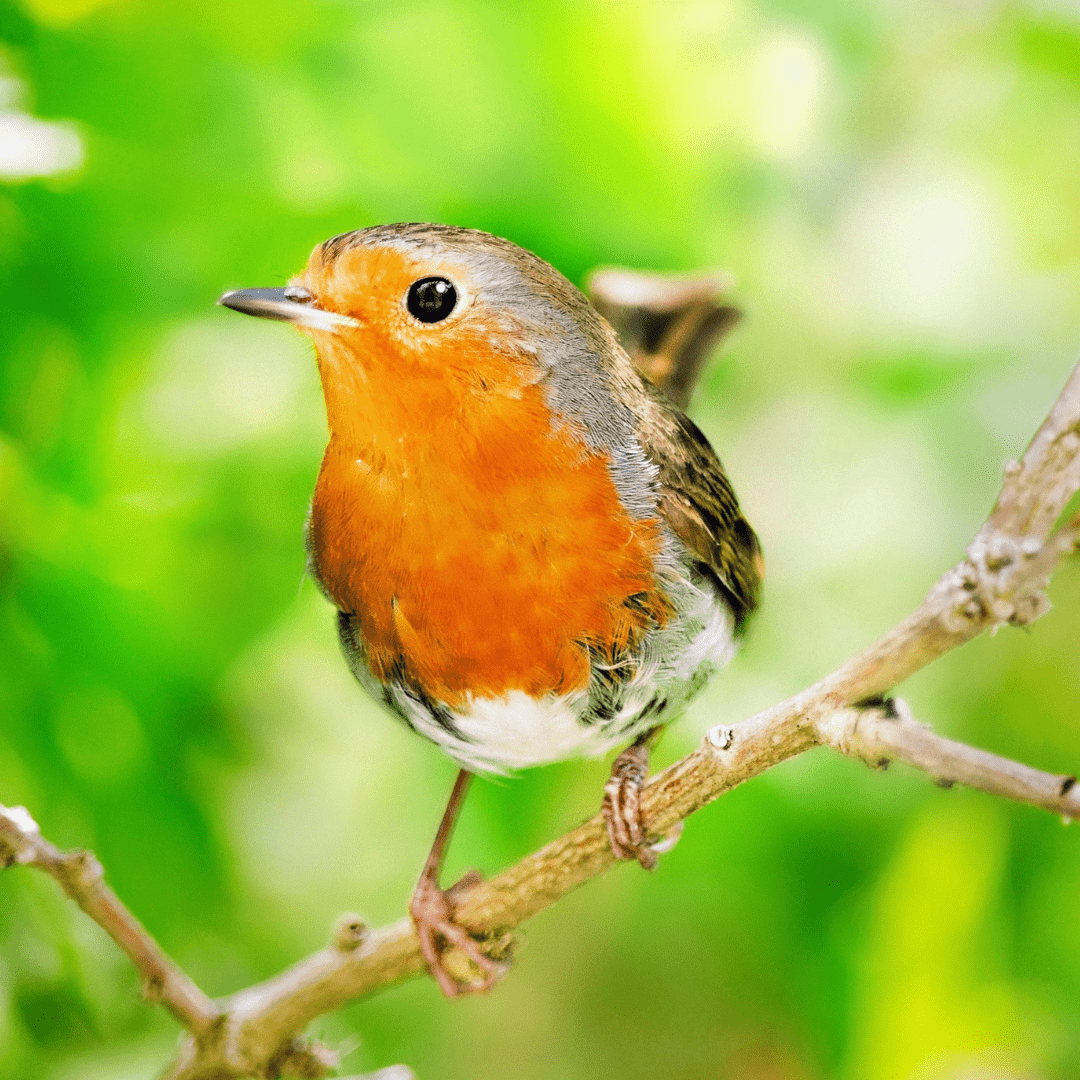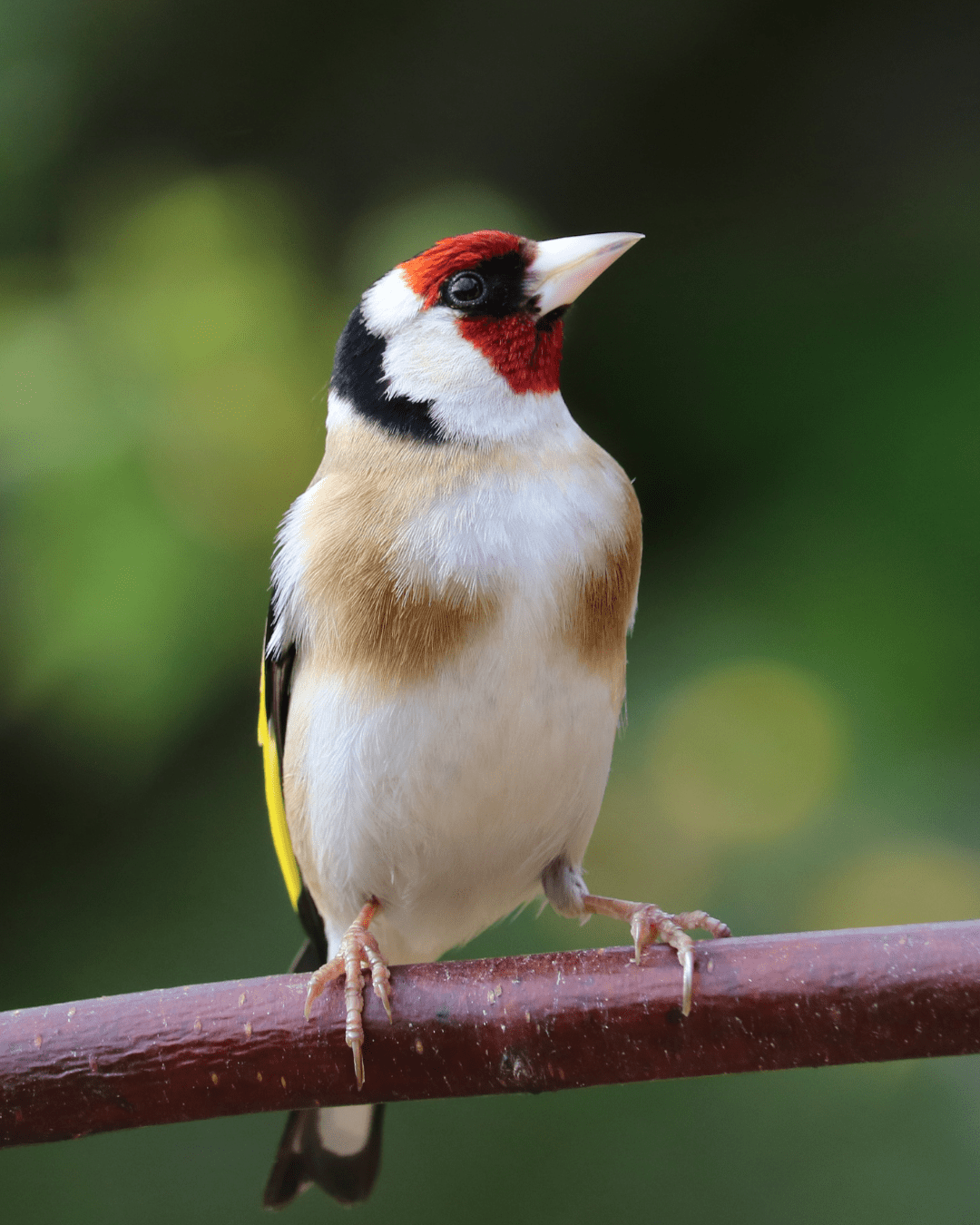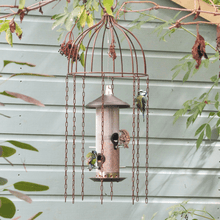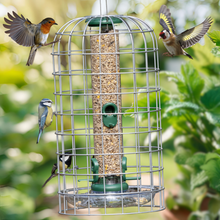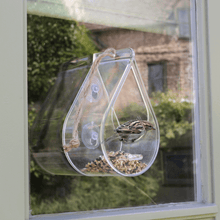A Garden Birdwatcher’s Guide to the Coal Tit
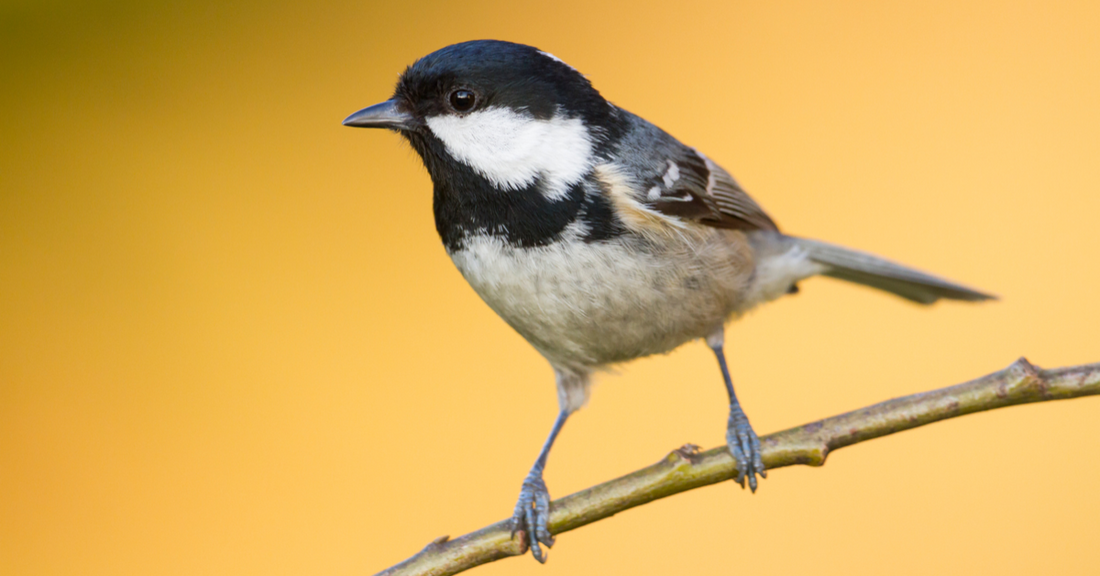
Slightly smaller and less bold than their great tit and blue tit cousins, coal tits are brilliant little birds to watch in your garden. Weighing around as much as a 50p piece, coal tits can be distinguished from the similarly coloured marsh tits and willow tits by the white markings that liven up their black wings, their black bibs and by the white stripe running down the base of the neck at the back of the head (larger on the male). Coal tits are well adapted to coniferous woodland with slim beaks perfect for pecking seeds and insects from between coniferous needles, though they enjoy visits to our gardens too. They are quite solitary birds but will flock with other tits in woodland areas during winter and aren’t territorial unless food is scarce. Coal tits are on the British Trust for Ornithology’s green list, meaning they are not considered endangered in the UK, and this is partly due to their varied diet and knack for planning. These little birds enjoy hunting spiders and insects in the wild and will take sunflower hearts, suet, mealworms and peanuts from your feeders, but they are skittish and easily startled away by other birds. Coal tits often hide (or cache) food to eat later: When bigger birds aren’t in sight in your garden, look out for coal tits as they take the opportunity to flit to and from your feeder, taking one nut or seed at a time with their slim bills and storing them away in the crevices of branches for times when food supplies are scarce. Despite their careful planning, coal tits don’t always benefit from their cached food - they tend to forget where their supplies have been hidden and spend a lot of time searching for lost seeds, and great tits will take any opportunity to raid the coal tit’s food stores when hungry. Coal tits are very acrobatic and dexterous and will hang upside down on branches and feeders. They nest in holes in trees and will also use a nest box, preferring those designed for blue tits but also making use of nest boxes with a vertical entrance.
They begin breeding from April, building a cup-shaped nest from moss, spider webs and wool and lining it with feathers before laying up to two broods of nine to ten eggs which are speckled with reddish-brown. The eggs are tiny at only 15mm long and are incubated by the female for 14-18 days before they hatch and are fed by both parents until they fledge at 16-19 days. Coal tits are widespread from Europe to parts of Asia and Africa, and come in a range of colouring variations. We see a lot of coal tits in our garden, but I find I have to really focus to see one as they flit in and out - I hope you see some in your garden this month!
Ready to deepen your connection with the birds in your garden? Discover more about your feathered friends and how to attract them to your space with Amidst the Birdsong: A Garden Birdwatcher's Journal. This beautifully crafted journal is the perfect companion for anyone looking to observe and learn about the birds visiting their garden. Start your birdwatching journey today – click here to learn more.



